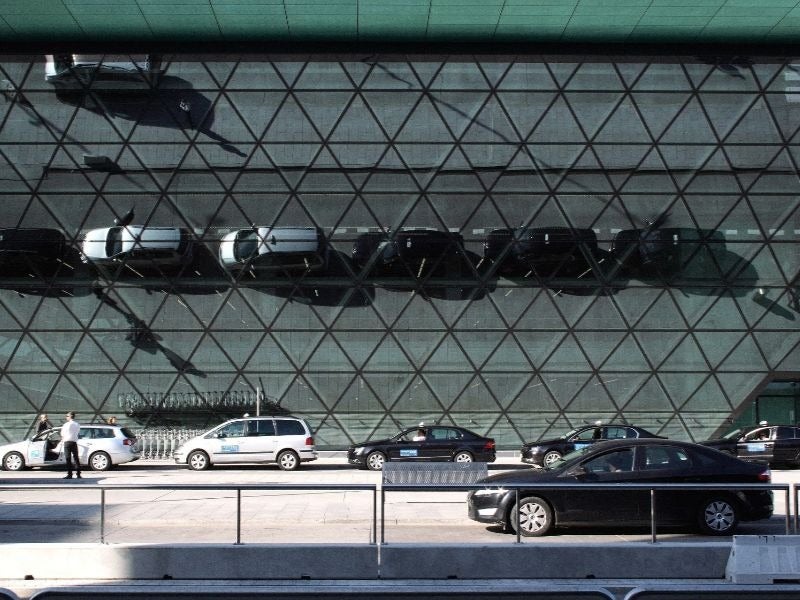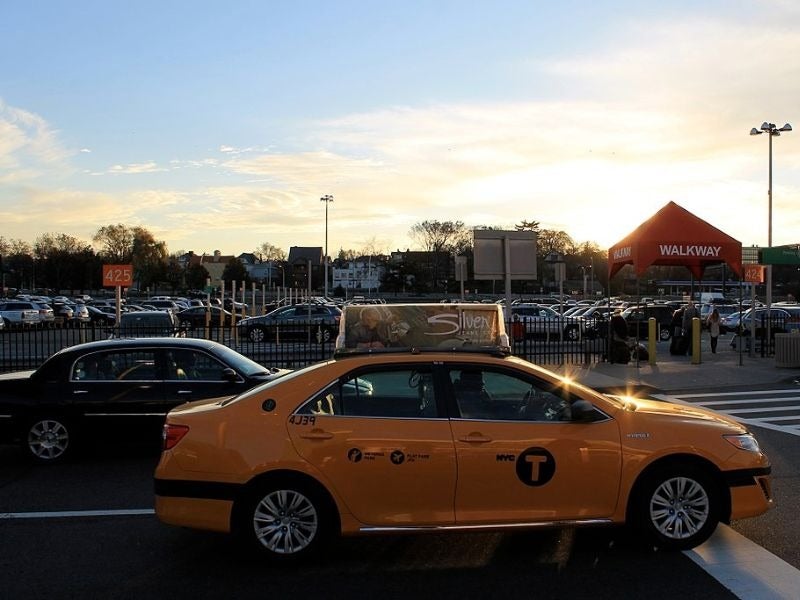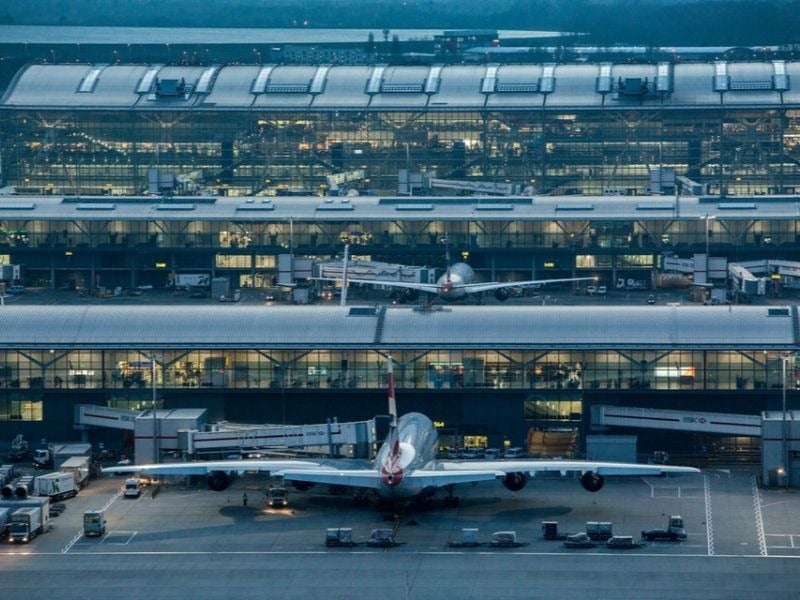
According to the International Air Transport Association (IATA), the number of global air travellers will exceed eight billion by 2037.
While this forecast was made well before the arrival of the Covid-19 pandemic that has plunged the aviation sector into its darkest days, the message still reads the same: air travel is growing.
With more of us taking to the skyways, footfall at the world’s biggest airports has surged exponentially. This has given rise to the “aerotropolis” concept, whereby the modern airport – with its array of restaurants, shops, boutiques and entertainment – bears more of a resemblance to a town centre than a mere transport hub.
And much like the conurbations they now mirror, airports are also starting to face a congestion problem. Passengers looking for a smooth getaway after a long flight are often left sorely disappointed by traffic bottlenecks that build up in and around the world’s busiest hubs.
Uber, Lyft and the need to adapt or get in the queue
According to officials at Los Angeles International Airport (LAX) – Los Angeles’ main airport and the fourth busiest in the world by IATA’s count – on a bad day, it can take over an hour to exit the airport’s grounds after alighting from an aircraft. With the city set to host the 2028 Summer Olympics, this is a major concern for the hub, which is already beset by ongoing construction work.
While taxis and rental services have long been a feature of the scrum of vehicles vying for space at airports, the new levels of congestion are widely attributed to the rise of ridesharing apps, such as Uber and Lyft.
A case in point, Portland International Airport in Oregon has seen rideshare pick-ups increase to 106,000 from 48,000 in the last two years alone. This surge in demand has left operations staff “scrambling to address it”, as Kama Simonds, a spokesperson for the airport, told the New York Times last year.
Just as Uber disrupted the traditional urban taxi sector, airports face the same dilemma. In some instances, this has been the cause of bad blood, as with the case of Phoenix Sky Harbor International Airport in Arizona – the third busiest hub in the US. Earlier this year, the Arizona Supreme Court ruled that both Uber and Lyft will be required to pay higher fees to operate at the airport from May.
Under the new legislation, ride-hailing companies – who accounted for 2.3 million pickups at the airport in 2019, compared to the 400,000 trips recorded for taxis – will need to pay $4 charges for curbside pickups and drop-offs; they had previously been paying fees of $2.66. Both Uber and Lyft – who are appealing the decision – have threatened to leave Sky Harbor if the fees come into effect.
But with the ridesharing genie now out of the bottle, it is up to airports to adapt to the trend, just as city authorities have done. So, how can ride-hailing companies and airports not only co-exist, but actually be of mutual benefit to one another? Below are some examples of how some of the world’s busiest hubs are accommodating their new bedfellows.
1. Allocating separate pick-up spaces

As one of the first airports to license ridesharing companies back in 2014, San Francisco International Airport experienced an upswell in gridlock that, by last year, had become “untenable”, in the words of one spokesperson.
In order to meet the airport’s goal of an average traffic speed of 15mph, it recently allocated an entire floor of its parking garage for rideshare pickups, freeing up the curbside for rental services and disabled spaces. While entailing a longer walk from the arrivals gate for passengers, the simple measure has already alleviated traffic volumes, claims San Francisco.
Boston’s Logan Airport and LAX have also relocated Lyft and Uber drivers to designated parking garages over the last year.
2. Rematch

Used by both Uber and Lyft, ‘Rematch’ is a service that allows drivers who have just dropped off a passenger to immediately take on another fare without needing to exit the airport. In precluding the need for drivers to wait for business off-site, this reduces the number of vehicles in the lanes, keeps traffic moving and also reduces carbon emissions.
The feature has become popular at several airports, including Seattle-Tacoma International, where, according to Lyft, in one month last year 56% of its drivers were instantly rematched with other travellers having made prior drop-offs.
3. Ride codes

Last year, Uber and Lyft operating at New York’s La Guardia Airport introduced a new feature whereby passengers who order a journey via their app are given a numerical code that can be handed to any vehicle in the Uber or Lyft line. This strips away the need for passengers to locate a specific driver, saves time and allows them to hit the road much quicker.
Alongside the benefit of paying via an app rather than through a perspex partition, the feature essentially apes the traditional taxi rank. The system has also been deployed at LAX and Chicago’s Midway International Airport.
4. Geofencing

Geofencing is a service whereby software using global positioning system (GPS), radio-frequency identification (RFID), Wi-Fi or cellular data will automatically set off an alarm when a mobile device passes into a specific area called a ‘geofence’.
London’s Heathrow Airport is also reported to be exploring the use of geofencing technology to block ridesharing firms from receiving inordinate numbers of pick-up requests, thus reducing traffic on the roads around its five terminals.



